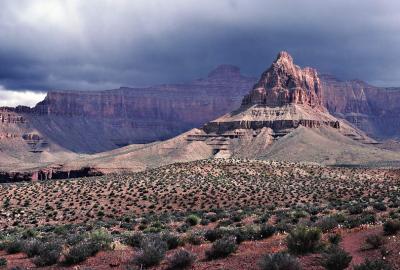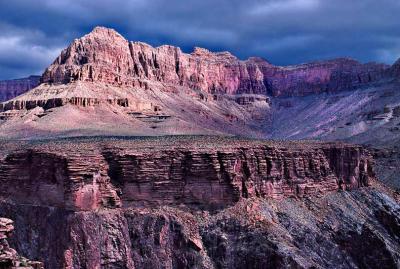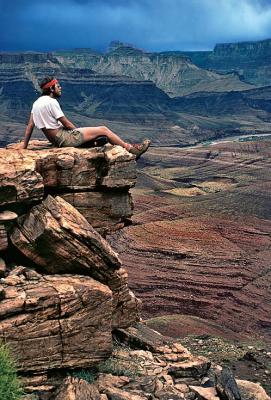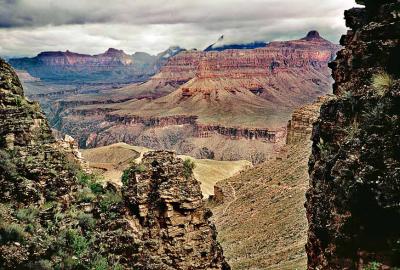





 |
 |
 |
 |
 |
 |
| Ron Horloff | profile | all galleries >> Galleries >> Inside The Grand Canyon | tree view | thumbnails | slideshow |

:: Inside The Grand Canyon Gallery I :: |

:: Inside The Grand Canyon Gallery II :: |

:: Inside The Grand Canyon Gallery III :: |

:: Inside The Grand Canyon Gallery IV :: |
| comment | share |
| Guest | 23-Jul-2007 19:05 | |
| Guest | 01-Jul-2006 17:34 | |
| Richard Calmes | 06-Jan-2006 22:54 | |